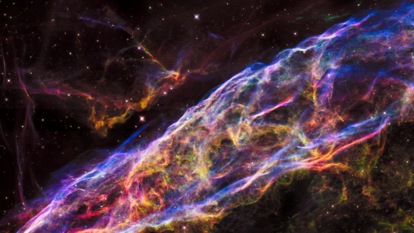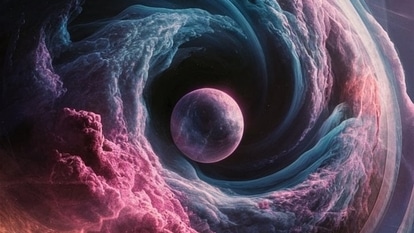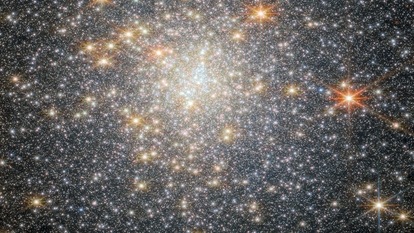NASA Astronomy Picture of the Day 1 June 2023: Supernova Remnant Cassiopeia A
NASA’s Astronomy Picture of the Day is a snapshot of the supernova remnant Cassiopeia A, located towards the constellation of Cassiopeia.
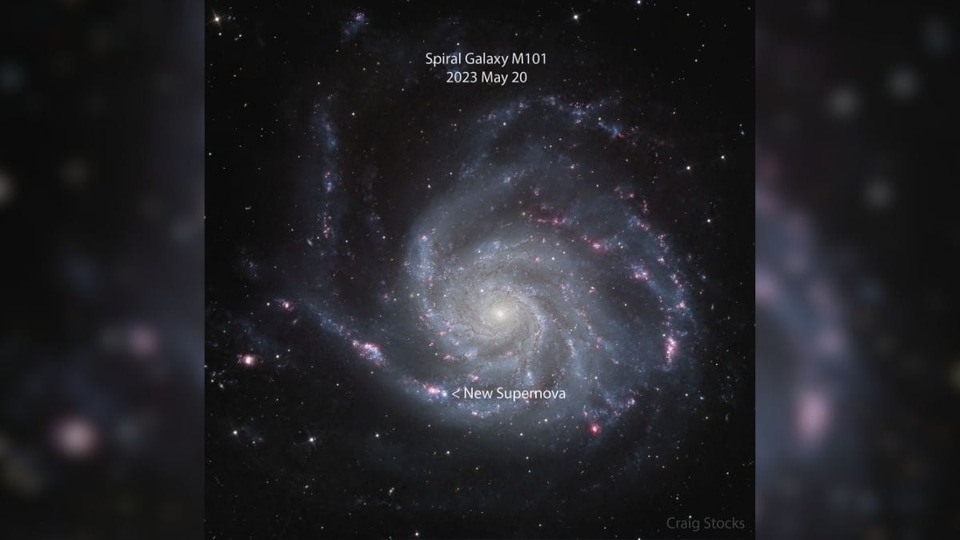
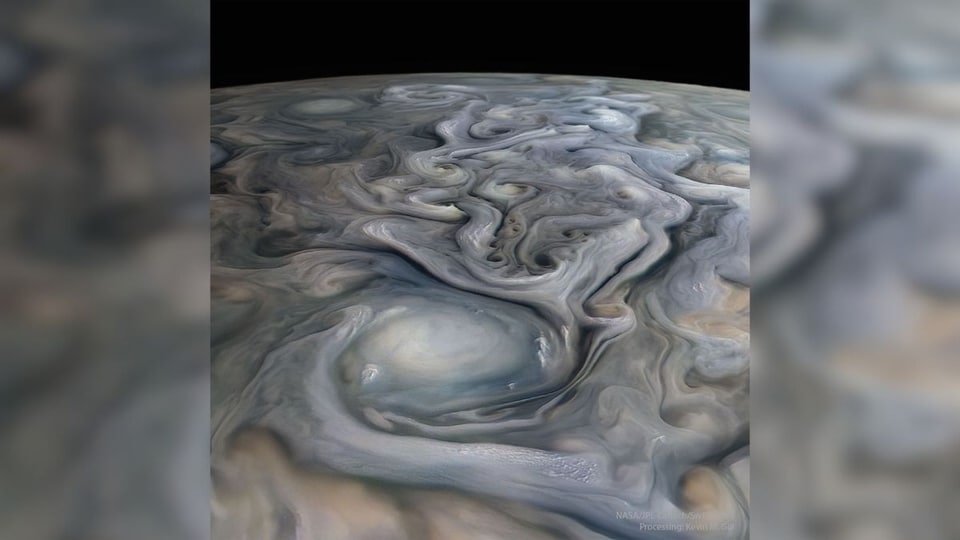
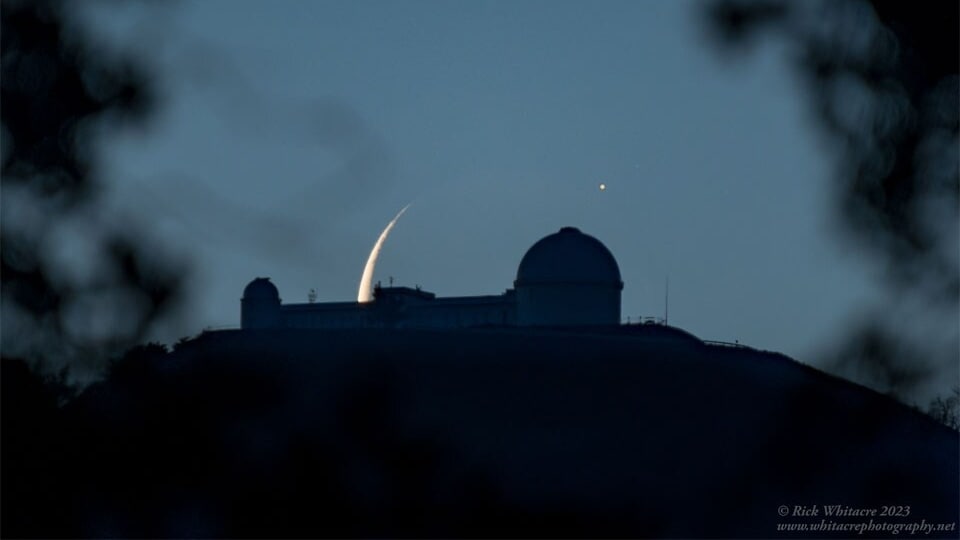
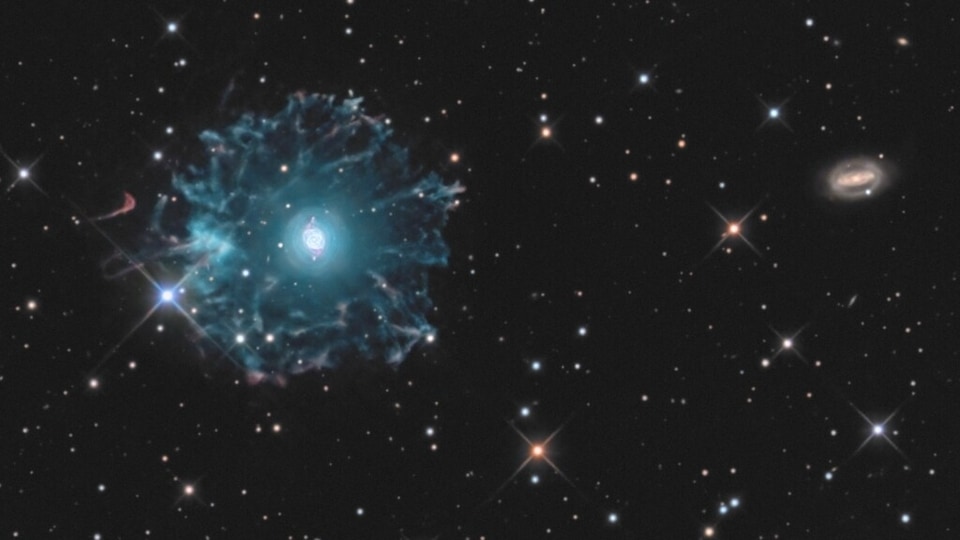
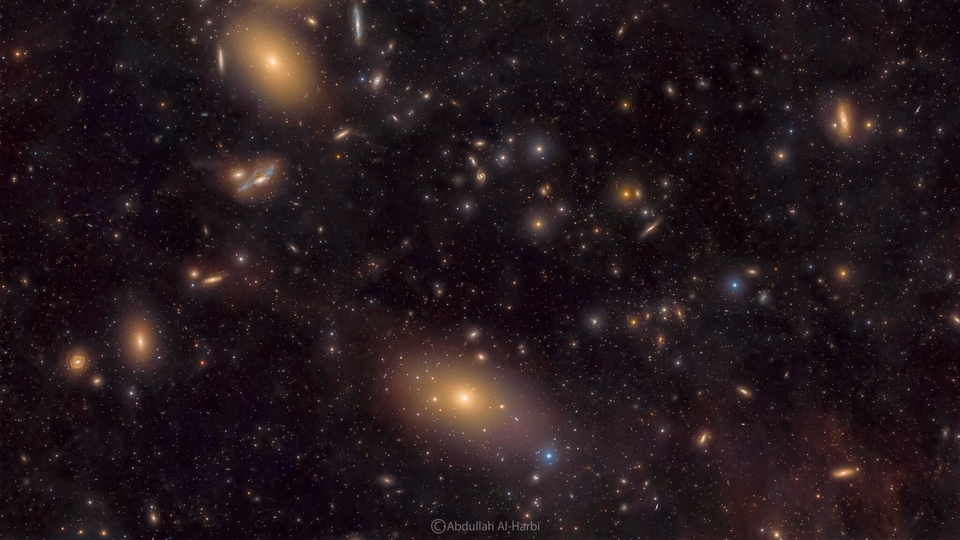
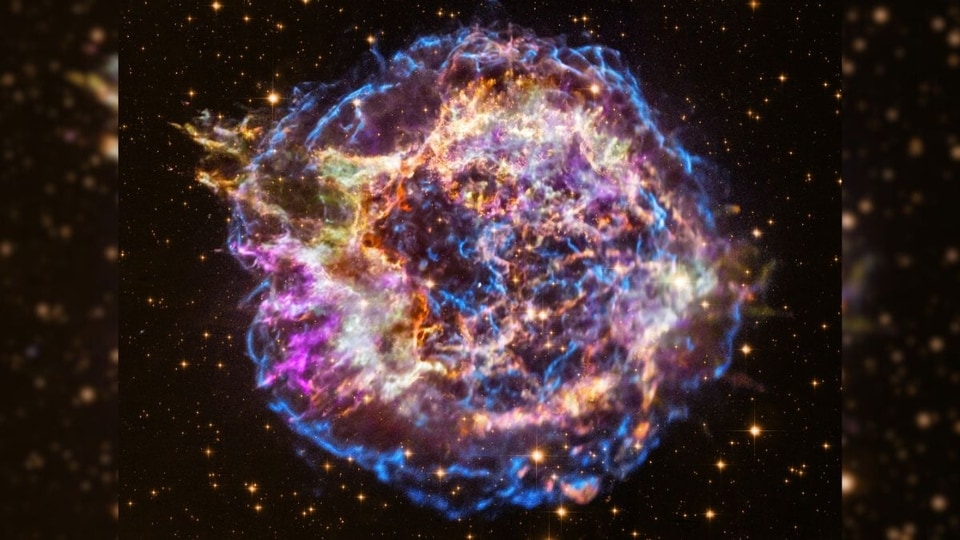
 View all Images
View all ImagesToday's NASA Astronomy Picture of the Day is a snapshot of Cassiopeia A, a supernova remnant located about 11000 light-years from Earth towards the constellation of Cassiopeia. When a star explodes, the subsequent explosion which takes place, known as a Supernova, is the largest explosion to occur in space. According to NASA, a supernova happens when there is a change in the core, or center, of a star. A change can occur in two different ways, with both resulting in a supernova.
Although a supernova occurs for only a short span of time, it can tell scientists a lot about the universe. By studying supernovas, scientists have also shed light on the fact that we're living in an ever-expanding universe.
Tech used to capture the image
The picture was captured by the Chandra X-ray Observatory and Hubble Space Telescope. Launched in 1999, the Chandra X-ray Observatory is a telescope specially designed to detect X-ray emissions from very hot regions of the Universe with the help of four sensitive mirrors.
On the other hand, the Hubble Space Telescope is run by NASA and ESA in collaboration. Hubble has advanced optical instruments such as the Advanced Camera for Surveys and Wide Field Camera 3. The Advanced Camera for Surveys (ACS) was primarily designed to survey large areas of the sky at visible and red wavelengths with 10 times greater efficiency than the earlier premier Hubble camera.
NASA's description of picture
Massive stars in our Milky Way Galaxy live spectacular lives. Collapsing from vast cosmic clouds, their nuclear furnaces ignite and create heavy elements in their cores. After a few million years, the enriched material is blasted back into interstellar space where star formation can begin anew. The expanding debris cloud known as Cassiopeia A is an example of this final phase of the stellar life cycle. Light from the explosion which created this supernova remnant would have been first seen in planet Earth's sky about 350 years ago, although it took that light about 11,000 years to reach us.
This false-color image, composed of X-ray and optical image data from the Chandra X-ray Observatory and Hubble Space Telescope, shows the still hot filaments and knots in the remnant. It spans about 30 light-years at the estimated distance of Cassiopeia A. High-energy X-ray emission from specific elements has been color coded, silicon in red, sulfur in yellow, calcium in green and iron in purple, to help astronomers explore the recycling of our galaxy's star stuff. Still expanding, the outer blast wave is seen in blue hues. The bright speck near the center is a neutron star, the incredibly dense, collapsed remains of the massive stellar core.
Catch all the Latest Tech News, Mobile News, Laptop News, Gaming news, Wearables News , How To News, also keep up with us on Whatsapp channel,Twitter, Facebook, Google News, and Instagram. For our latest videos, subscribe to our YouTube channel.








